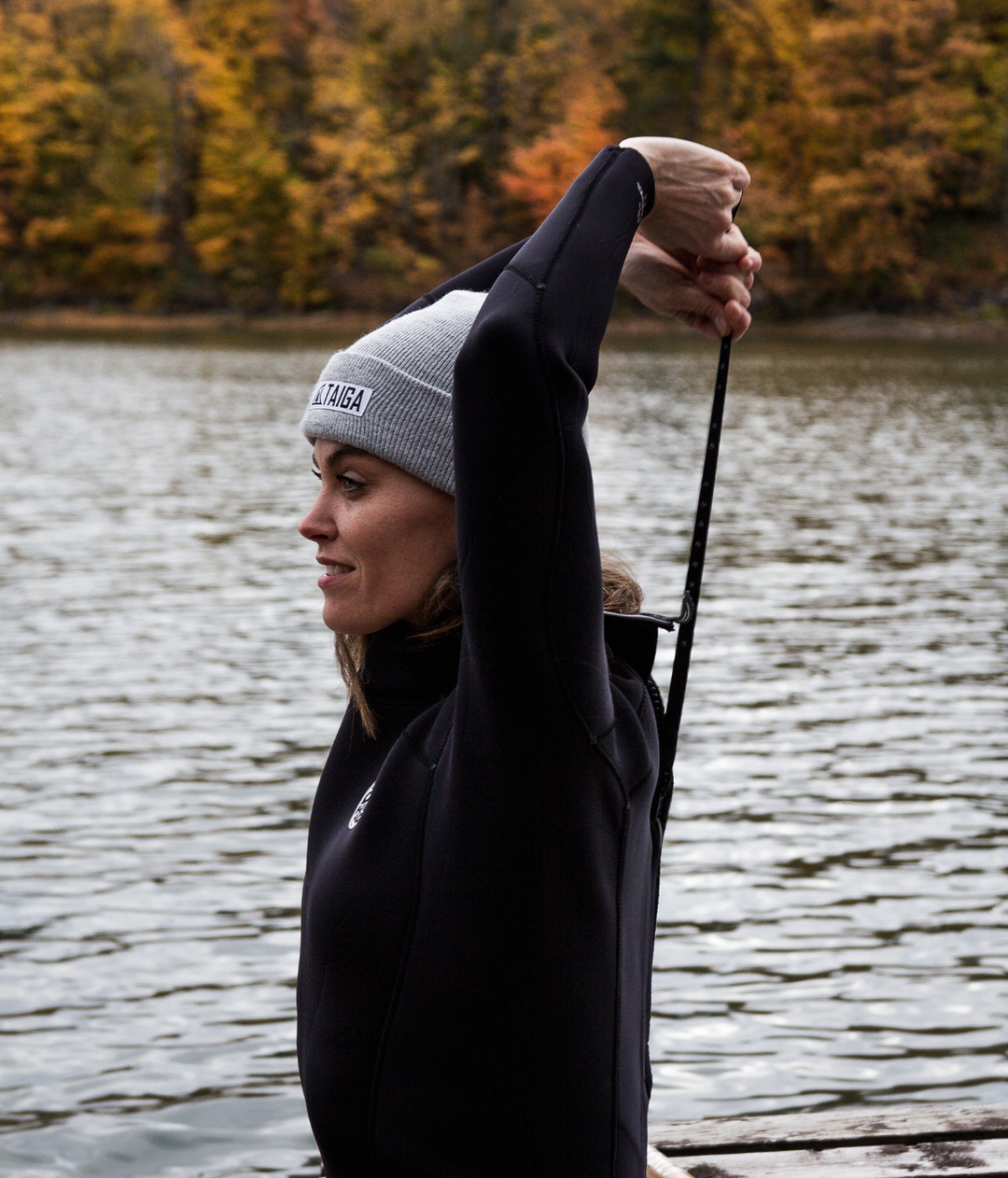KOOK ALERT:
5 Common Paddleboarding Mistakes
5 Common Paddleboarding Mistakes
You want to get started with paddleboarding, but know nothing about the rules and customs of SUP? To avoid beginner mistakes and any awkward moments, we've prepared a list of golden rules for you (so you don't end up on the Kook of the Day page)!
What's a Kook? It's "someone who pretends to be someone they're not" and/or "someone who tries to fit in with a group but does so in an exaggerated way" (definitions from Urban Dictionary).
In short, we're here to make sure you don't become one!
Don't let your leash drag behind you when you walk around with your paddle board.
It’s not uncommon to see newbies dragging their leash behind them while they head out to conquer the waves. Not only does this damage the leash, but it will bring with it anything it picks up on the ground… Although it's not the end of the world, we recommend that you simply take care of it by making sure you hold it in your hand whenever you're moving your board. You can even slip the leash loop around your wrist so that you can still have a solid grip on your board.

The blade of your paddle must always be facing towards you.
Your paddle accounts for 50% of the sport; it is therefore very important to know how to use it properly. When you want to move forward, you must use the propulsive (active) side of the paddle (not the retro-propulsive / passive side!).
Pay particular attention to the feeling of the handle (the olive) in your hand. You will feel that it is ergonomically designed to be positioned in a specific way in the palm of your hand.
Your zipper goes in the back!
Depending on the season, you may need to wear a wetsuit. For it to be effective and for you to be comfortable, it's important to know how to wear it. Well, it's not that complicated... but considering putting it on is a workout itself, we don't want you to have to do it again!
Some wetsuit models have a zipper in the back, others on the chest, and others simply don't have one! In short, a zipper all along the belly, it's still unheard of; except for the kooks who are a bit mixed up, and who put their wetsuit backwards (note that we are not talking about rashguards here)!

The tip of the fin should be facing towards the back of the board (just like dolphins)!
Fins have their own specificities. Since they come in all shapes, it can get complicated. Want to learn more? Read our blog: Demystifying the Different Fins.
However, one thing is very simple and unchanging: how to install them. SUP and surf fins are like dolphin fins. Since the board will be going forward, the tip of the fin must point to the back of the board.
Have your feet on either side of the handle.
To be able to practice the sport well, it is very important to be well positioned on the board. The best place to be is in the center of the board, so your feet will be on either side of the handle. If you find yourself positioned too far in front of your board, it will be more difficult to maneuver it and you may end up taking a nose dive! On the other hand, if you are too far back, you will slow down the glide and you will be more likely to fall in the water, on your back!

Now you're ready to identify beginners on the water at a glance!
There is absolutely nothing wrong with making mistakes, after all, we learn from them... although some mistakes are more embarrassing than others!
Don't hesitate to contact us with any questions you might have; there are no stupid ones, we promise!